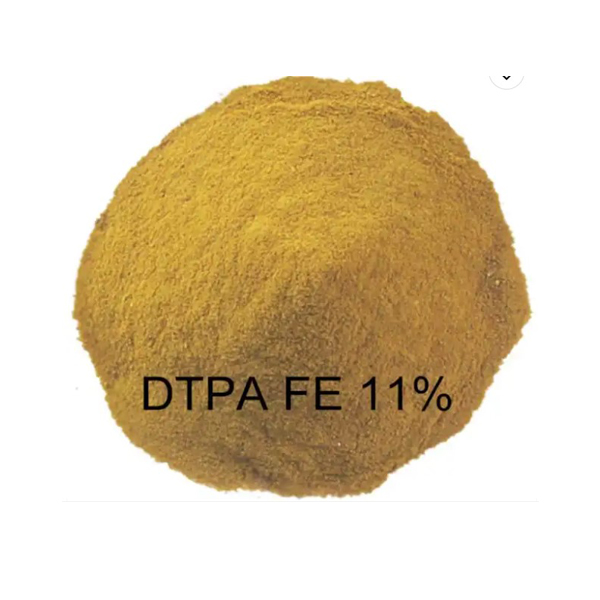
News
Jul . 28, 2024 01:09 Back to list
Advancements in High-Performance Chelant Technologies for Enhanced Environmental Protection and Sustainable Solutions
High Quality Chelant Technology Transforming Industries with Innovative Solutions
In recent years, the demand for high-quality chelant technology has surged across various industries, ranging from agriculture to pharmaceuticals. Chelants, or chelating agents, are compounds that bind metal ions, making them more soluble and bioavailable. This technology plays a critical role in enhancing nutrient availability, improving product efficacy, and mitigating environmental impacts. As we delve into the importance and applications of high-quality chelant technology, it becomes evident that its innovative solutions are transforming various sectors.
High Quality Chelant Technology Transforming Industries with Innovative Solutions
Moreover, high-quality chelant technology plays a significant role in the environmental sector, particularly in the remediation of contaminated soils and water sources. Heavy metals such as lead, cadmium, and mercury pose serious risks to human health and the environment. Chelating agents can effectively bind these toxic metals, facilitating their removal from contaminated environments. This application is particularly beneficial in industrial sites where heavy metal contamination has occurred, ensuring safer ecosystems and reducing health risks to local populations.
high quality chelant technology

Another critical area where high-quality chelant technology is making waves is in the pharmaceutical and healthcare sectors. Chelants are increasingly used in medical treatments, particularly for detoxifying heavy metal poisoning. For instance, agents such as EDTA (ethylenediaminetetraacetic acid) are employed to bind excess metals in the body, allowing for their safe excretion. This application underscores the importance of chelating agents in public health, highlighting their role in improving the quality of life for individuals affected by metal toxicity.
The biotechnological applications of chelants are also noteworthy. In bioprocessing and fermentation, chelating agents help maintain optimal metal ion concentrations, which are crucial for enzyme activities and microbial growth. The use of high-quality chelants can enhance the efficiency of bioprocesses, leading to more cost-effective production of bio-based products such as biofuels and pharmaceuticals.
Despite the many benefits of high-quality chelant technology, challenges remain. The production and formulation of chelating agents must prioritize environmental safety and reduce potential hazards. Innovative research is ongoing to develop biodegradable chelants and to enhance the specificity and efficacy of existing agents. By focusing on sustainability and safety, the future of chelant technology promises to be even more impactful across various sectors.
In conclusion, high-quality chelant technology serves as a cornerstone for advances in numerous fields, including agriculture, environmental remediation, healthcare, and biotechnology. By enhancing nutrient availability, facilitating toxic metal removal, and supporting critical biochemical processes, chelants are proving to be invaluable in promoting sustainability and advancing human health. The continued development and optimization of chelating agents will undoubtedly play a pivotal role in addressing the challenges of the future, making it a key area of focus for researchers and industry professionals alike. As we look ahead, the potential of high-quality chelant technology remains vast and full of promise.
-
Polyaspartic Acid Salts in Agricultural Fertilizers: A Sustainable Solution
NewsJul.21,2025
-
OEM Chelating Agent Preservative Supplier & Manufacturer High-Quality Customized Solutions
NewsJul.08,2025
-
OEM Potassium Chelating Agent Manufacturer - Custom Potassium Oxalate & Citrate Solutions
NewsJul.08,2025
-
OEM Pentasodium DTPA Chelating Agent Supplier & Manufacturer High Purity & Cost-Effective Solutions
NewsJul.08,2025
-
High-Efficiency Chelated Trace Elements Fertilizer Bulk Supplier & Manufacturer Quotes
NewsJul.07,2025
-
High Quality K Formation for a Chelating Agent – Reliable Manufacturer & Supplier
NewsJul.07,2025
